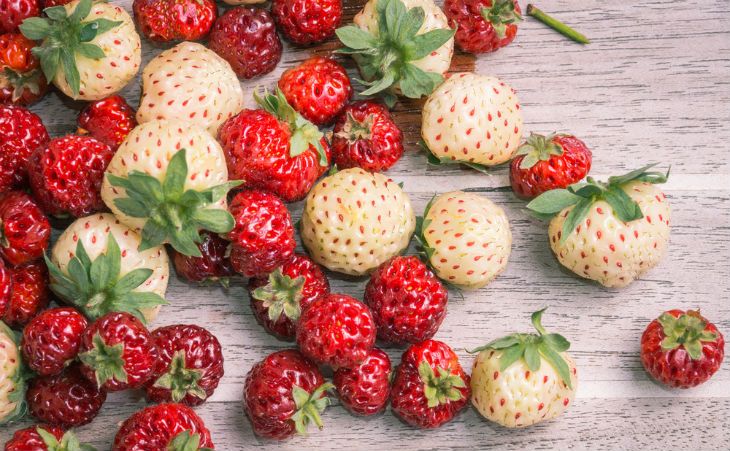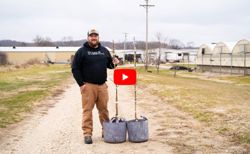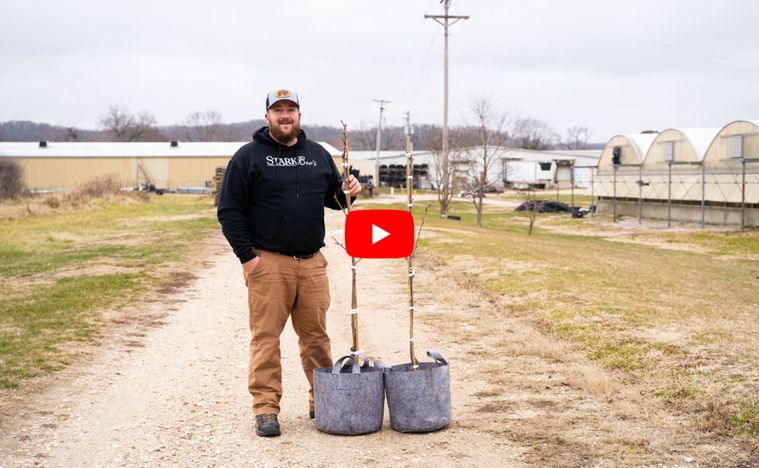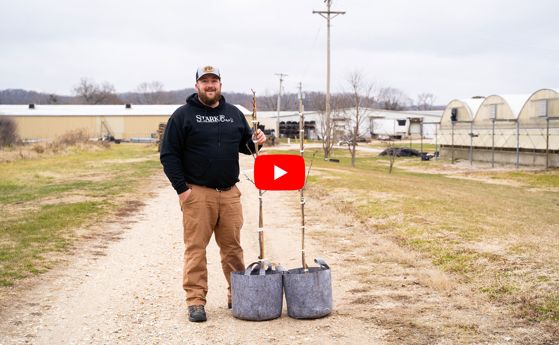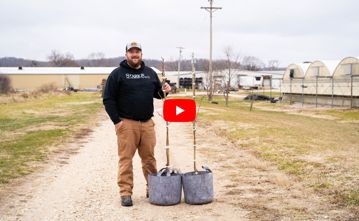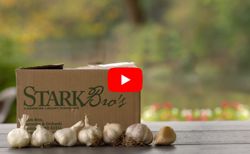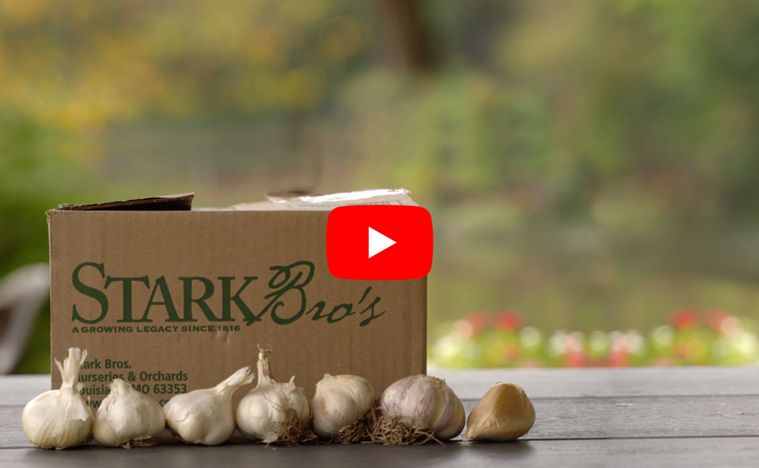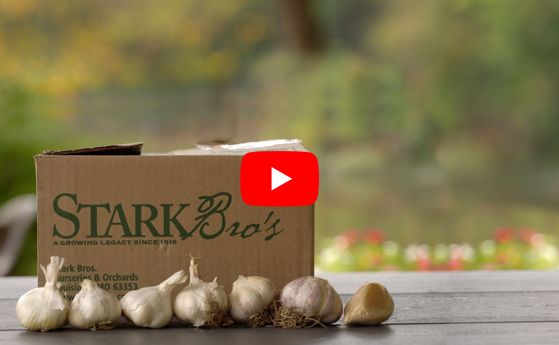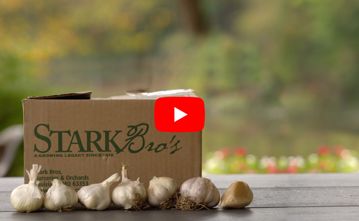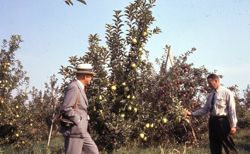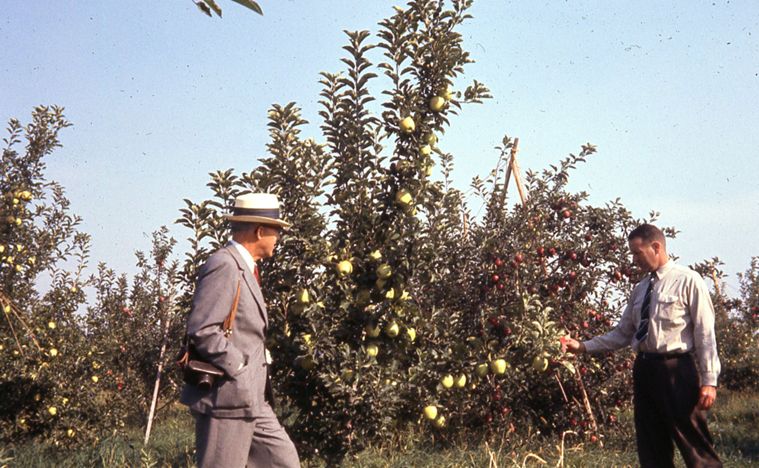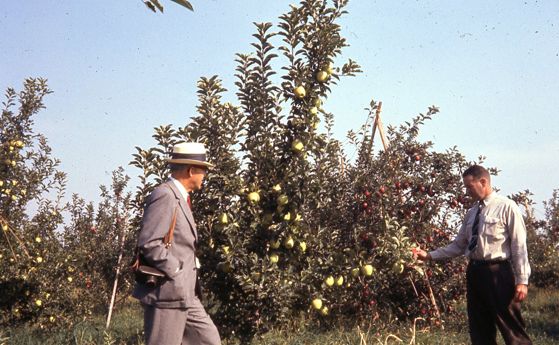Pineberry Questions & Answers
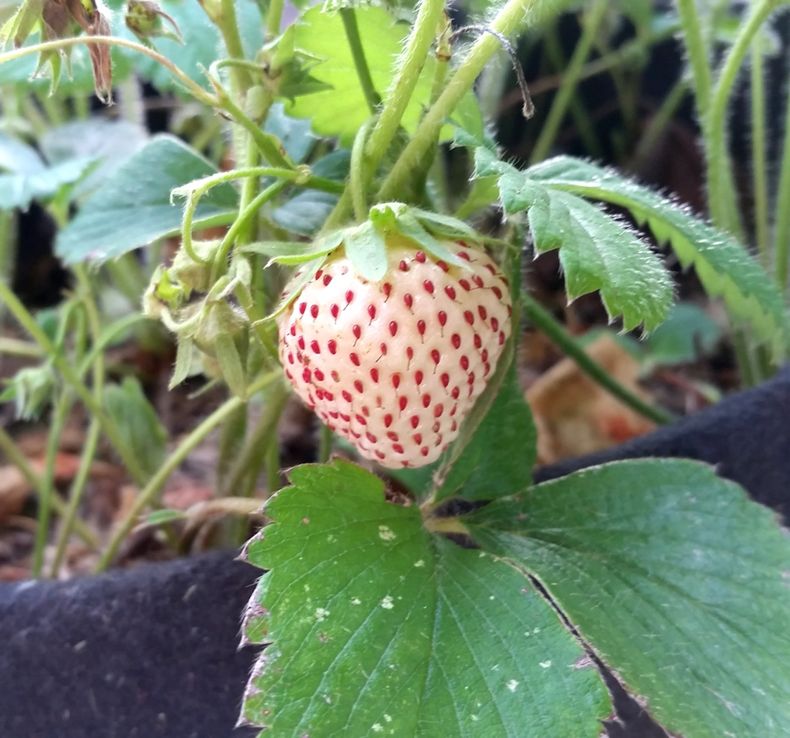
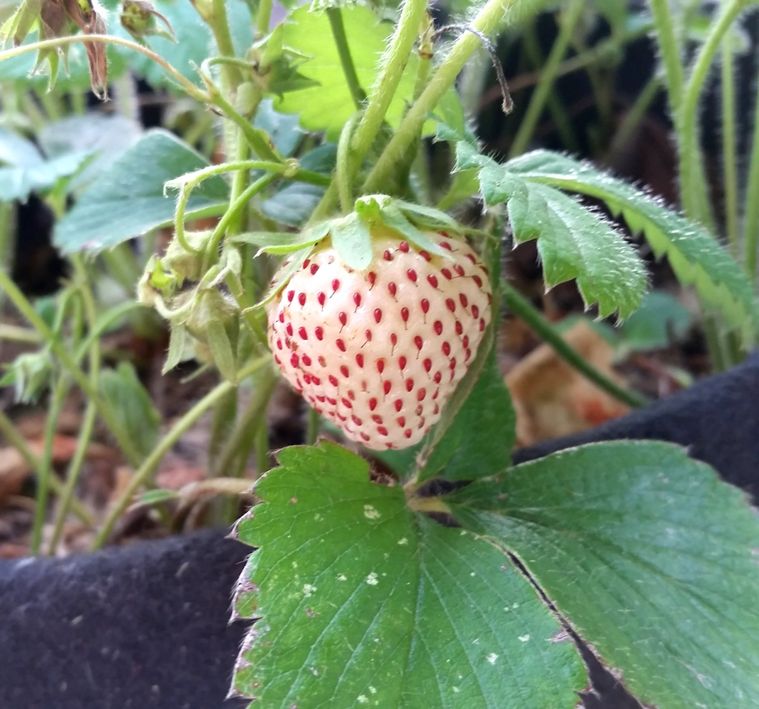
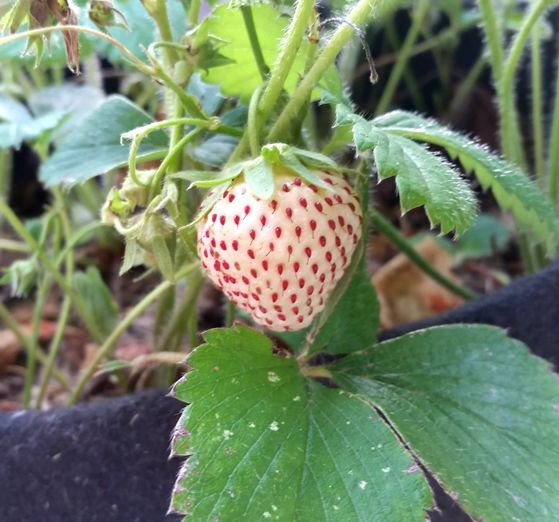
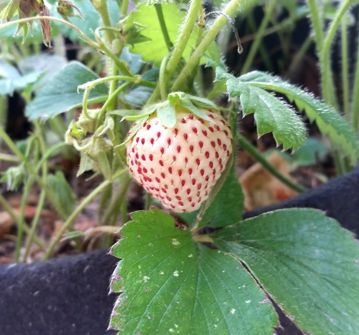
Pineberries are gaining popularity, especially in farmer's markets. Learn what a pineberry is and find answers to common questions about these unique berries.
Pineberries are relatively new to the fruit scene, but they are becoming increasingly popular in Europe and North America – especially in farmer's markets and specialty food stores. These plants are a perfect addition to an existing strawberry patch, or to alternate with new red strawberry plantings for landscape interest. These berries are easy to grow at home and varieties are becoming more available to backyard fruit gardeners.
If you find yourself wondering what a pineberry is, read on to discover this answer as well as answers to other common Pineberry questions.
What are Pineberries?
Pineberries are descendants of the strawberries native to North America, Fragaria virginiana, and strawberries native to Chile, Fragaria chiloensis.
They are not genetically modified, nor are they somehow a cross between a pineapple and a strawberry.
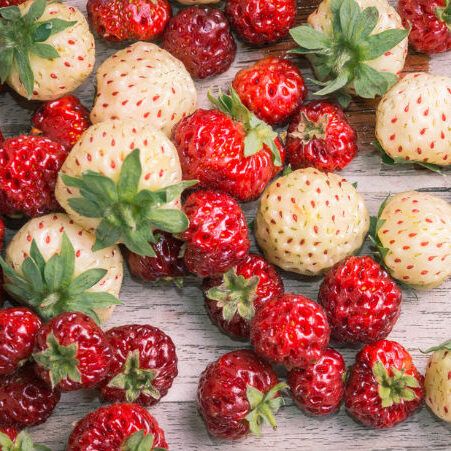
Are Pineberries strawberries?
Yes. Pineberries are relatives of the red, domesticated garden strawberry (Fragaria ananassa). Often considered a strawberry cultivar ("cultivated variety"), these plants were originally grown and selected for their unique appearance and taste.
Like the common garden strawberry, the Pineberry is a low-growing groundcover with trailing vegetative growth called runners. The plant looks like other common strawberry plants right down to its delicate, white spring flowers. The White Pineberry Strawberry variety's plants are partially self-pollinating, meaning one plant may set fruit without requiring cross-pollination from another variety, but it's better to have another variety blooming nearby. Pollination is aided by wind and beneficials like bees.
White Pineberry has an everbearing fruiting habit, like other everbearing varieties of strawberries.
If you have experience growing red strawberries, then you are already set to grow Pineberries, as care and maintenance are the same. Read all about planting and growing strawberries.
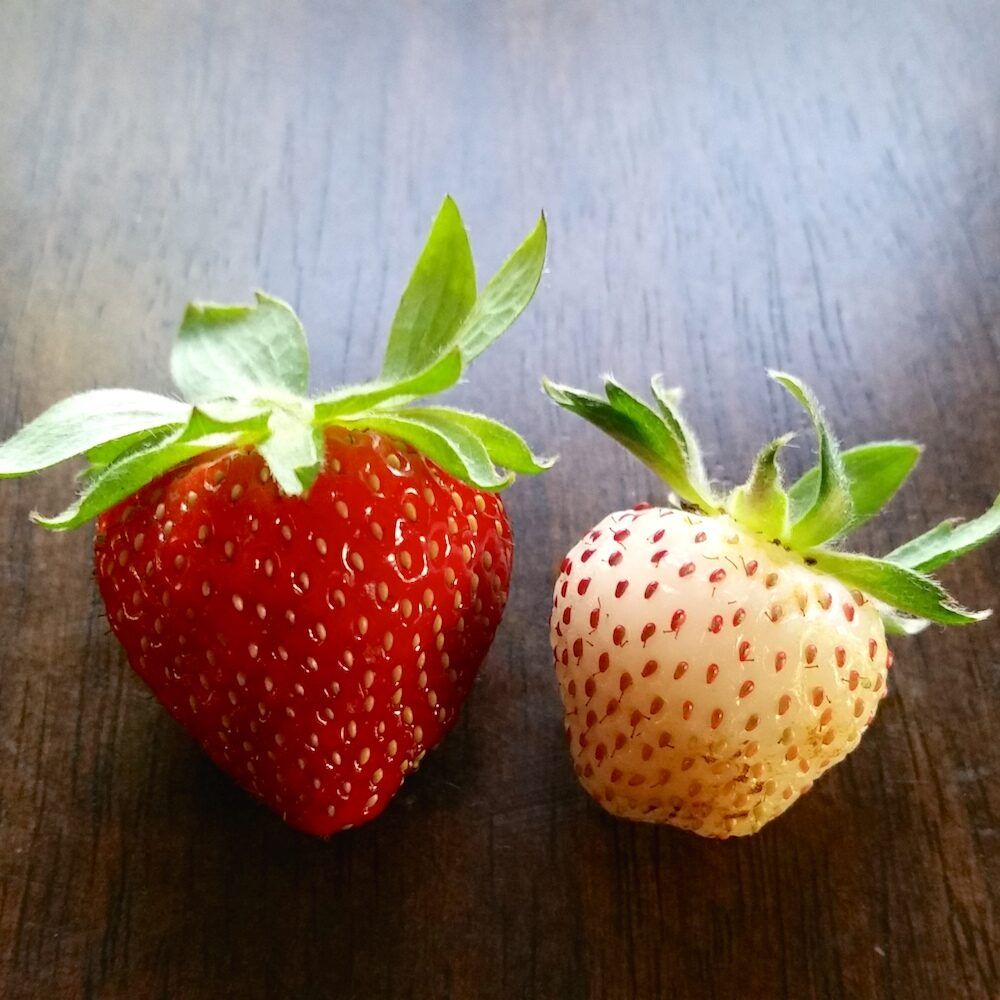
How do Pineberries differ from red strawberries?
The biggest difference between red strawberries and Pineberries is the fruit. Pineberry plants yield white- to pinkish-hued fruits that start out green. Pink blush may be more prominent on fruit that gets more sun exposure. The fruit has a pleasantly pineapple aroma and taste, and is smaller than most modern domestic garden strawberries. Due to its appearance, the Pineberry fruit is also less appealing to birds than red strawberries.
What happens if red strawberries ("scarlets") pollinate Pineberries?
Cross-pollination between a red strawberry variety and a Pineberry will likely increase fruit yield in both plants. Cross-pollinated plants will not develop a hybridized fruit, but if the fruit's seeds are planted, the plants that grow from those seeds would.
- Pineberries, or "white pineberries", are not to be confused with Alpine strawberries (Fragaria vesca).
- Pineberries may also be referred to as the "Pineberry strawberry".
- Pineberries, popular in Europe, are also known as Ananaserdbeere, which is the German word for "pineapple strawberry".

